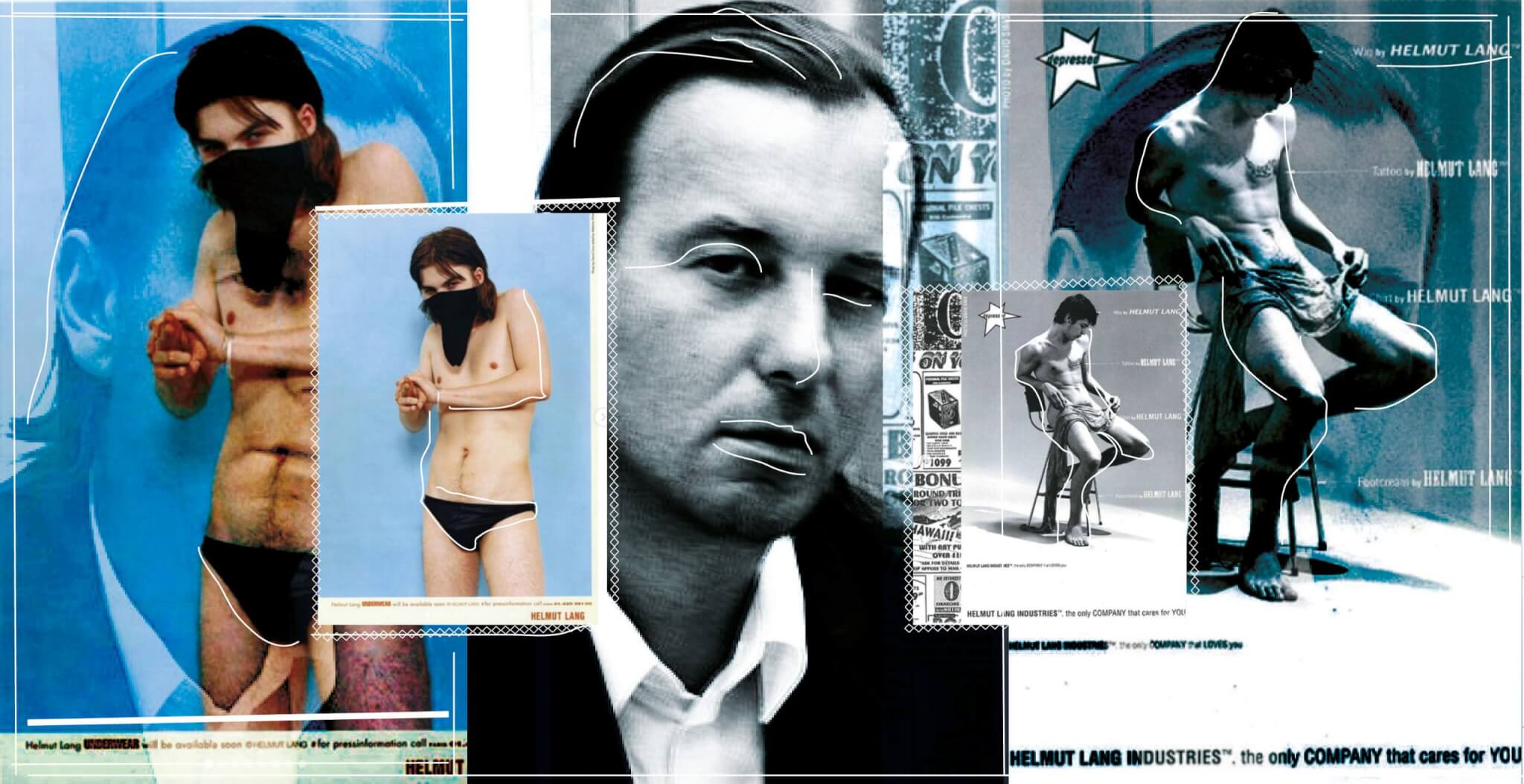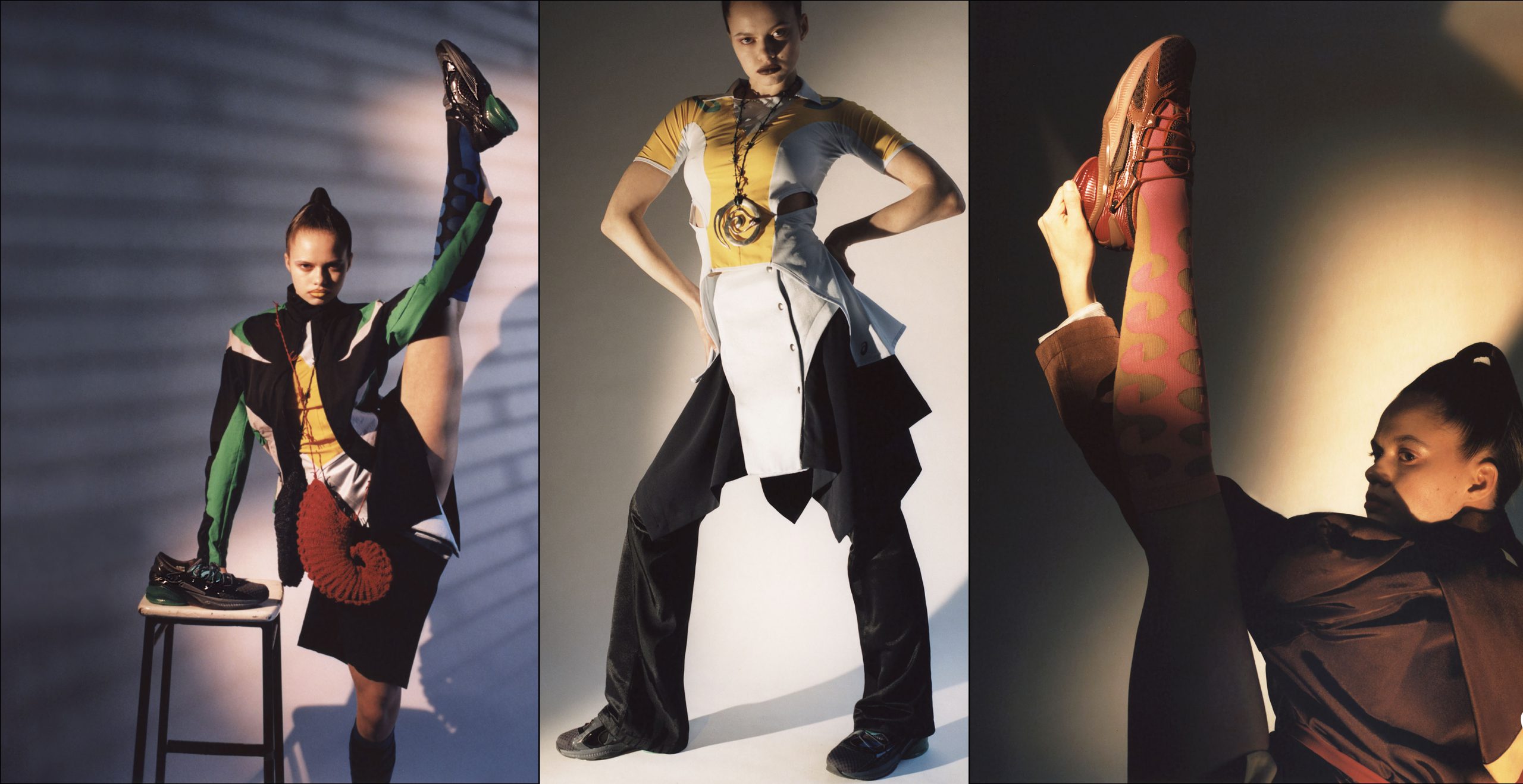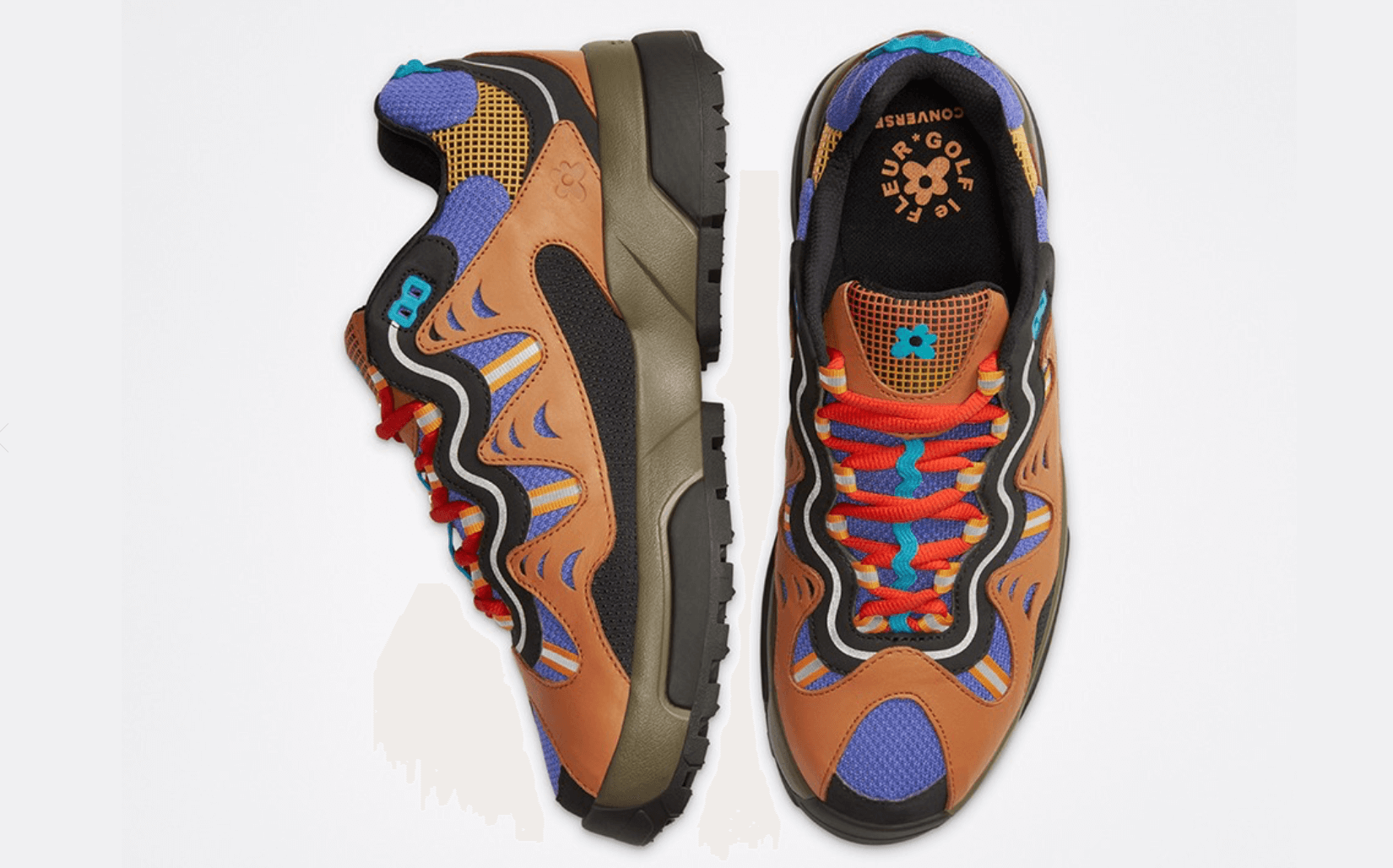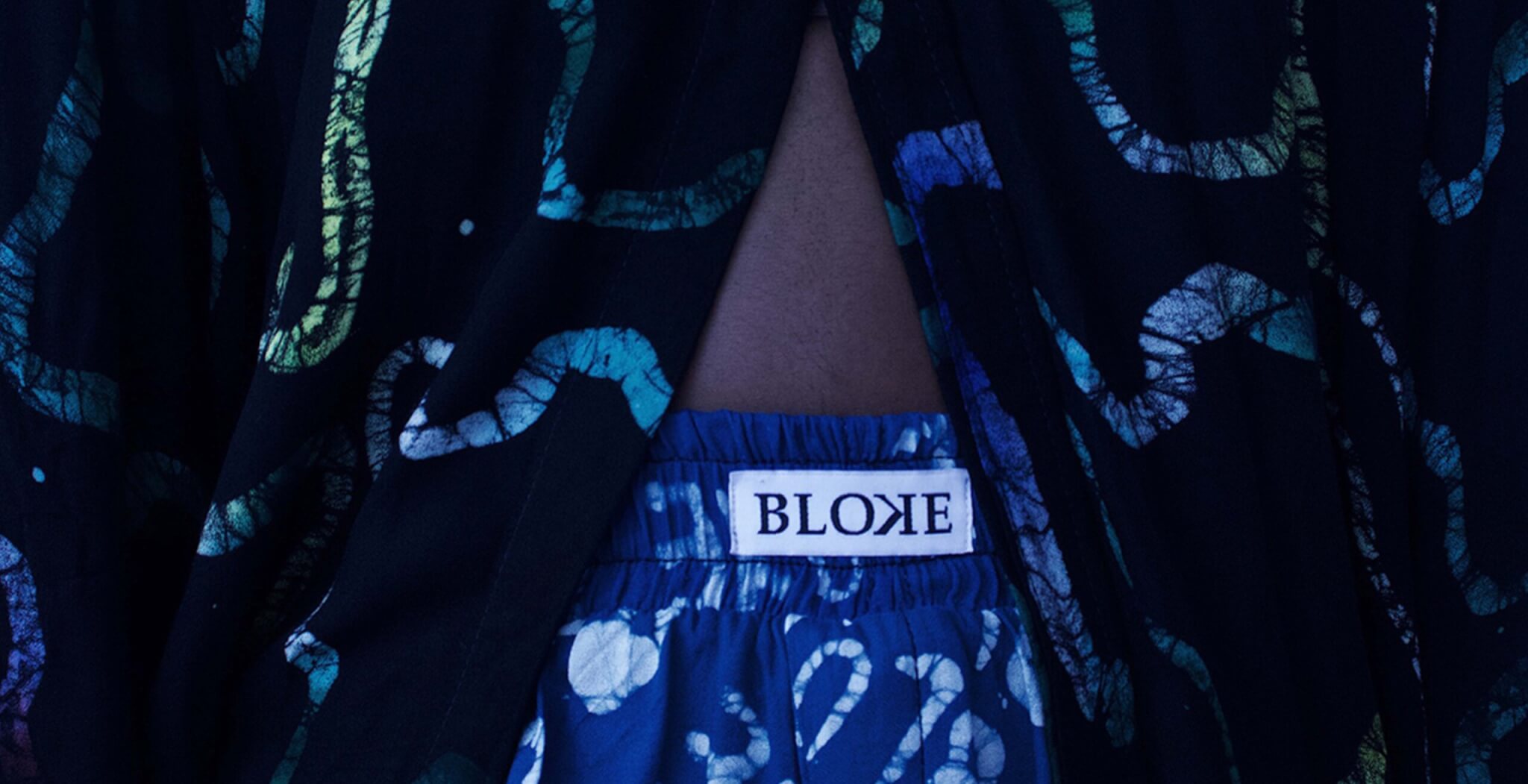Have you ever heard of the fashion icon, Helmut Lang? What sets him apart from other designers in the industry?
Imagine becoming an icon by refusing to do something, by saying: “You do your thing, I’ll do it my way!”. What feels so uncommon and brave or even visionary to some, just naturally falls into place for those who just decide to be themselves, unintentionally inspiring people only through their own authenticity… So there we are. Right in the middle of this week’s fashion throwback!
Lang’s fashion career took off in 1980, when he presented his first prêt-à-porter collection, and in 1986, he presented his first runway show in Paris. His unique approach to fashion made him a trailblazer in the industry, and he continued to innovate with his use of high-tech materials in the early 90s. Lang’s impact on fashion was recognized in 2000, when he became the first non-American designer to be awarded by the Council of Fashion Designers of America (CFDA).
From 1993 to 1996, Lang taught fashion classes at the University of Applied Arts in Vienna and worked closely with photographer Juergen Teller. He continued to show annual collections in Paris until he eventually moved to New York and sold his company to the Prada Group.
Scepka was born in Vienna in 1956. He first grew up with his grandparents who were shoemakers in Ramsau and then moved to Vienna to his father and his second wife when he was 10.
He graduated at Vienna Commercial Academy and three years later, at the age of only 23, he opened up his own fashion boutique in 1979.
It was the most opulent era in western fashion at that time. Designers like Thierry Mugler gained strong popularity. Hollywood and Paris worked hand in hand. Paul Scepka though went to a tailor to get a set of minimalist pieces tailored for himself. Despite all ongoing hype and fashion trends, he got so many compliments and questions on his very avant-garde way of wearing his own ‘anti fashion’ clothes, that in 1980, self-taught Scepka presented his first prêt-à-porter collection. Due to the big success of the Vienna exhibition at Centre Pompidou in 1986, Paul Scepka changed his name to ‘Helmut Lang’. The same year, Lang presented his first runway fashion show in Paris with which he created an extreme contrast to the shows of the big names at that time, such as Thierry Mugler or Jean-Paul Gaultier, whose extravagant designs were at peak popularity. 1988, he returned to Vienna, where he began to also produce shoes after his granddad’s favorite shoe, and to experiment with high-tech materials of the early 90s.
Helmut Lang’s story is a testament to the power of individuality and self-expression. He refused to conform to the norm, and instead, he forged his own path, becoming an icon in the process. Today, Lang’s legacy continues to inspire young designers and fashion enthusiasts to push the boundaries of what is possible and be true to themselves.



























